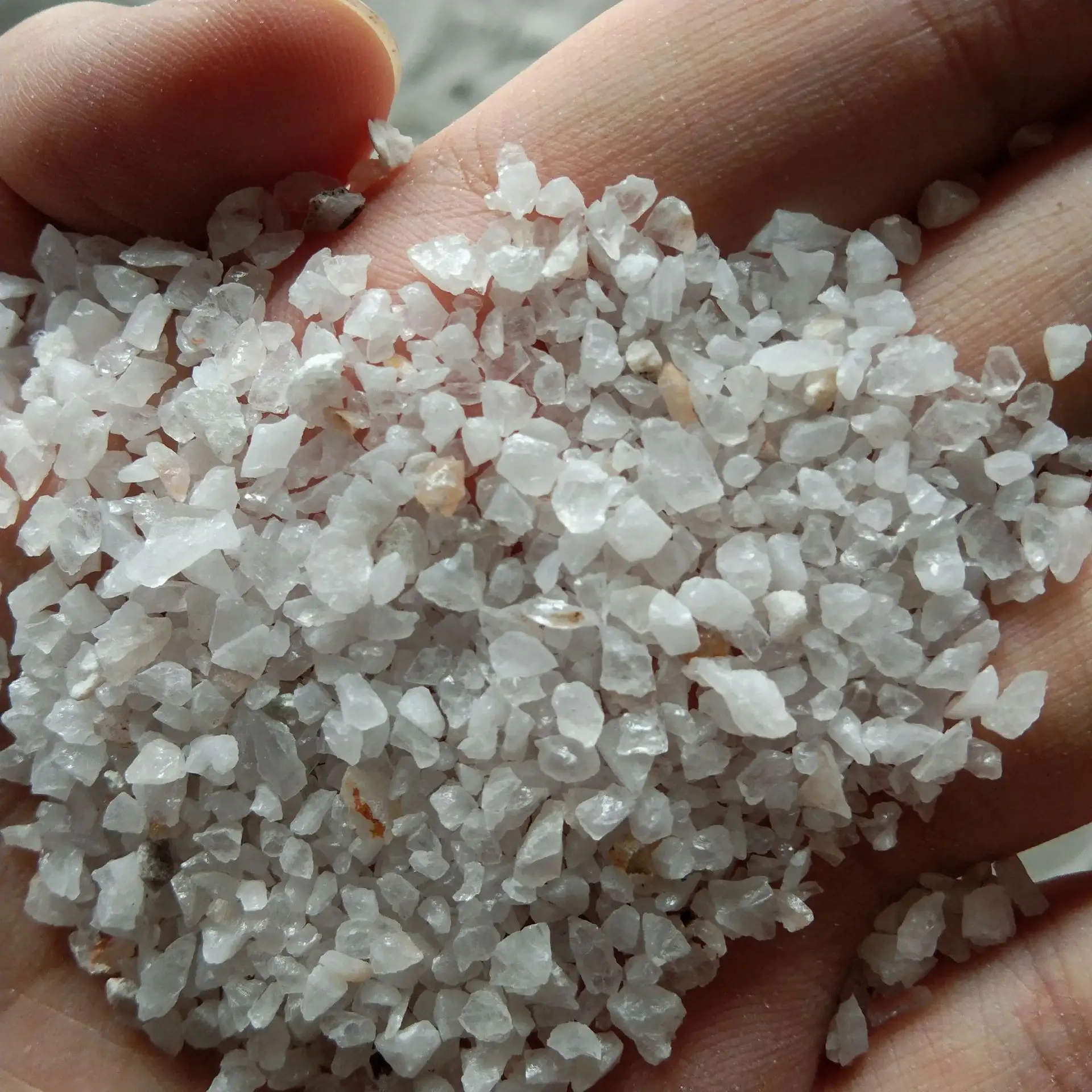
Utilizing Grey Silica Fume for Enhanced Construction Material Performance and Durability
Understanding Grey Silica Fume Properties, Applications, and Advantages
Silica fume, often referred to as microsilica, is a byproduct of the production of silicon metal or ferrosilicon alloys. Grey silica fume, specifically, is known for its unique properties and benefits in various applications, particularly in the construction and concrete industries. This fine, amorphous material has gained recognition for its ability to enhance the performance of concrete and other composite materials.
Properties of Grey Silica Fume
Grey silica fume is characterized by its extremely fine particle size, typically around 1/100th the size of a grain of cement. This fine particulate contributes to a high surface area, which is crucial for its reactivity. The chemical composition of grey silica fume predominantly includes silicon dioxide (SiO2), usually exceeding 90%. This high silica content is responsible for its pozzolanic properties, allowing it to react with calcium hydroxide in the presence of water to form additional cementitious compounds.
One of the notable physical properties of grey silica fume is its low specific gravity, ranging from 2.2 to 2.3 g/cm³. This low density, combined with its fineness, results in low bulk density, often requiring specific handling and storage considerations in construction sites.
Applications in the Construction Industry
The primary application of grey silica fume is in the formulation of high-performance concrete. When used as a supplementary cementitious material (SCM), it significantly enhances the mechanical properties of concrete. The addition of grey silica fume improves the compressive and tensile strength of concrete, making it more durable and resistant to environmental challenges such as moisture, chemical attacks, and thermal cracking.
Moreover, grey silica fume contributes to the reduction of permeability in concrete
. This characteristic is vital for structures exposed to aggressive environments, such as bridges, parking garages, and wastewater treatment facilities. By minimizing the porosity of the concrete, grey silica fume helps extend the lifespan of structures and reduces the need for repairs and maintenance.grey silica fume

Beyond concrete production, grey silica fume is also utilized in other applications, including precast concrete products, shotcrete, and grouts. Its properties also make it suitable for use in flooring systems, high-strength mortar, and as a lightweight aggregate in various composite materials.
Environmental Benefits
In an era of increasing environmental awareness, the use of grey silica fume offers significant sustainability benefits. As a byproduct of industrial processes, its utilization in concrete production helps reduce waste and promote recycling efforts. By substituting a portion of Portland cement with grey silica fume, the overall carbon footprint of concrete can be significantly lowered, as cement production is one of the largest sources of carbon dioxide emissions in the construction industry.
Additionally, the improved durability of concrete containing grey silica fume means that structures require fewer repairs over their lifespan, leading to less resource consumption and lower ecological impact over time.
Conclusion
In summary, grey silica fume is a versatile and valuable material in the construction industry. Its extensive benefits in enhancing the physical and chemical properties of concrete make it an ideal choice for high-performance applications. With its pozzolanic characteristics, grey silica fume not only improves the strength and durability of concrete but also promotes more sustainable construction practices.
As the construction industry continues to evolve, the adoption of innovative materials, such as grey silica fume, will play a pivotal role in achieving higher performance standards and reducing environmental footprints. Its widespread application signifies a shift towards more responsible building practices, aligning with global efforts to enhance the sustainability of infrastructure development.
Share
-
Premium Talcum Powder Enhanced with GPT-4 Turbo | Soft & Long-LastingNewsAug.02,2025
-
Fly Ash Solutions Enhanced by GPT-4 Turbo | Sustainable InnovationNewsAug.01,2025
-
Natural Premium Bentonite Cat Litter - Superior ClumpingNewsJul.31,2025
-
Premium Resin Coated Sand - High Heat Resistance CastingNewsJul.31,2025
-
High Quality Silicon Carbide Grit for Abrasive ApplicationsNewsJul.30,2025
-
High-Quality Ceramsite for Plants & Gardening | Lightweight PebblesNewsJul.29,2025






